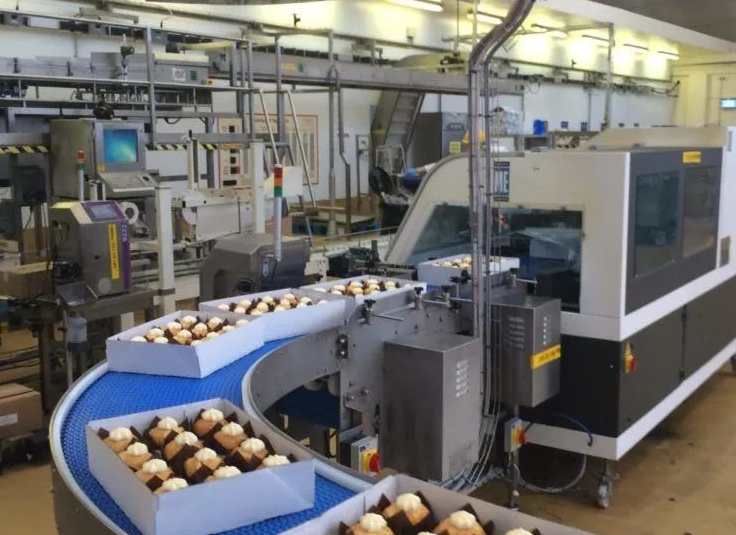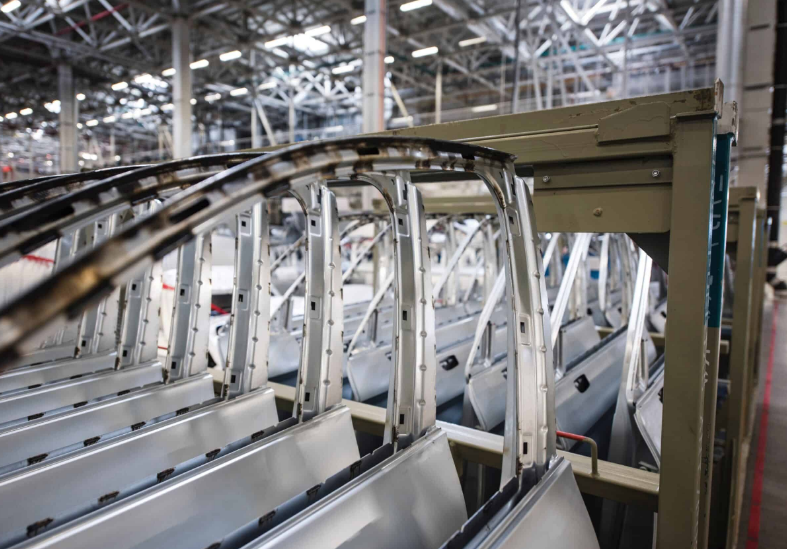Mass production design offers cost efficiency, high production rates, consistent quality, and economies of scale, making it ideal for large-scale manufacturing.
Economies of Scale in Mass Production
Cost Reduction per Unit
Mass production significantly reduces the cost per unit, primarily due to the spread of high fixed costs over a large number of units. For instance, if a factory setup costs $1 million, producing 10,000 units will spread the cost to $100 per unit, whereas producing 100,000 units lowers it to just $10 per unit. This drastic reduction is a key advantage of mass production, making products more affordable and accessible to a wider market. It also allows companies to maintain competitive pricing while still achieving healthy profit margins.

Benefits of Bulk Material Purchasing
Purchasing materials in bulk is another major economic advantage of mass production. By ordering large quantities, companies can often negotiate lower prices per unit of material, sometimes saving up to 20-30% on costs. This not only reduces the overall production cost but also ensures a steady supply of materials, minimizing delays and disruptions in the manufacturing process. Bulk purchasing also tends to simplify logistics and inventory management, further enhancing operational efficiency.
For more information, the Economies of Scale Wikipedia page provides additional insights into this concept.
Efficiency and Productivity in Manufacturing
Streamlined Production Processes
| Aspect | Description | Impact | Example |
|---|---|---|---|
| Workflow Optimization | Redesigning workflows to minimize unnecessary steps. | Increases output by up to 30%, reduces labor costs. | Implementation of lean manufacturing principles. |
| Standardization of Processes | Establishing uniform procedures for tasks. | Enhances consistency, reduces error rates significantly. | ISO certification standards in production. |
| Predictive Maintenance | Using data analytics to predict equipment maintenance needs. | Prevents downtime, can increase equipment lifespan by 20-25%. | IoT sensors and AI-based analytics tools. |
Integration of Automation and Technology
| Aspect | Description | Impact | Example |
|---|---|---|---|
| Robotic Automation | Employing robots for repetitive tasks. | Boosts production speed by 40-60%, improves precision. | Robotic arms in assembly lines. |
| Advanced Manufacturing Software | Utilizing software for process control and management. | Enhances efficiency, reduces production time by 15-20%. | ERP and MES systems in manufacturing. |
| 3D Printing for Prototyping | Rapid prototyping using 3D printing technology. | Reduces prototype development time by 70-80%, lowers costs. | Use of industrial-grade 3D printers. |
For further reading, the Manufacturing Efficiency page on Wikipedia provides more insights into these strategies.
Consistency and Quality Control
Standardized Production for Uniform Quality
Standardization in mass production is key to ensuring uniform quality across all products. Implementing standardized processes can reduce defect rates by up to 50%. This involves setting clear guidelines for every stage of production, from material selection to final assembly. For instance, using standardized parts and components can decrease variability, ensuring each product meets the same high standards. Additionally, regular training for staff on these standards is essential to maintain consistency.

Advanced Monitoring and Quality Assurance Techniques
Modern manufacturing employs sophisticated monitoring and quality assurance techniques to uphold high standards. Real-time monitoring systems can detect and address issues instantly, reducing the likelihood of defective products by up to 30%. Techniques like statistical process control (SPC) and automated visual inspection systems are integral in this aspect. SPC uses statistical methods to monitor and control processes, while visual inspection systems, equipped with high-resolution cameras and AI algorithms, can identify defects that are not easily visible to the human eye.
For more information on these practices, the Quality Control in Manufacturing page on Wikipedia offers additional insights.
Market Advantages of Mass Production
Meeting High Consumer Demand
Mass production is pivotal in satisfying high consumer demand, especially for popular products. By rapidly producing large volumes, companies can ensure a constant supply in the market, preventing stock shortages. For instance, during peak seasons like holidays, demand for certain products can skyrocket, requiring a production capacity increase of up to 50-100%. Mass production methods enable manufacturers to scale up quickly to meet these demands, ensuring customer satisfaction and continuous market presence.
Competitive Pricing Strategies
One of the significant market advantages of mass production is the ability to implement competitive pricing strategies. Due to lower per-unit production costs, companies can set competitive prices, often undercutting competitors by 10-20%. This pricing advantage is crucial in markets with intense competition and price-sensitive consumers. Moreover, it allows companies to penetrate new markets more easily by offering quality products at more affordable prices. However, it’s important to balance pricing strategies with maintaining profit margins to ensure long-term business sustainability.
For a deeper understanding of these market dynamics, the Mass Production page on Wikipedia provides extensive information.


